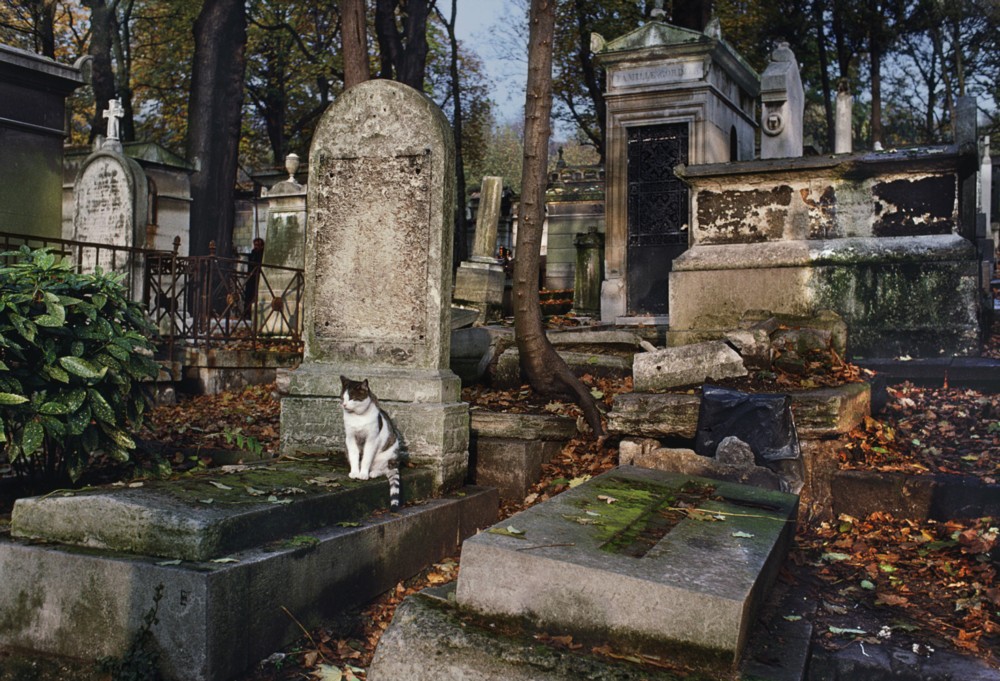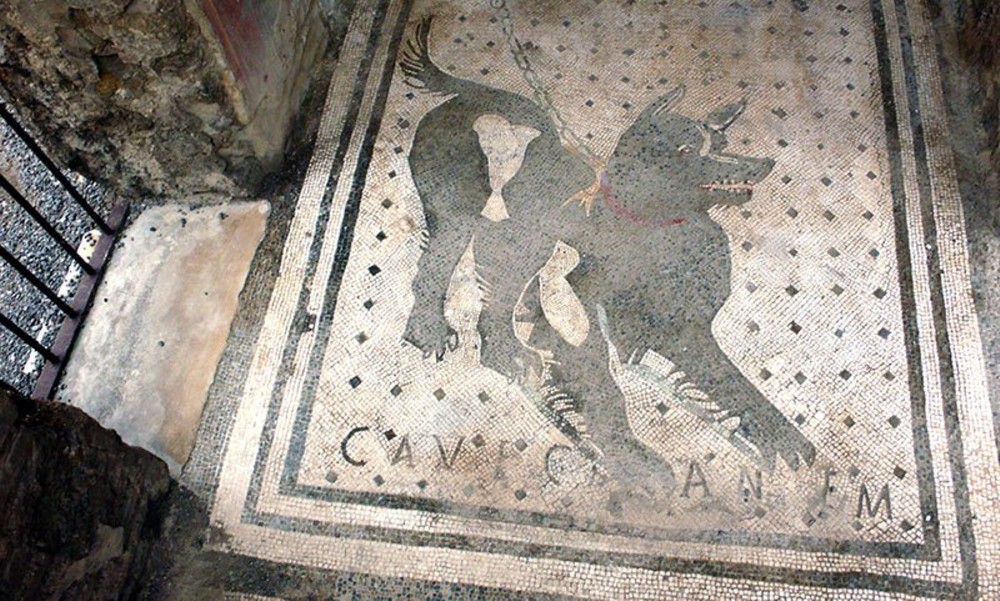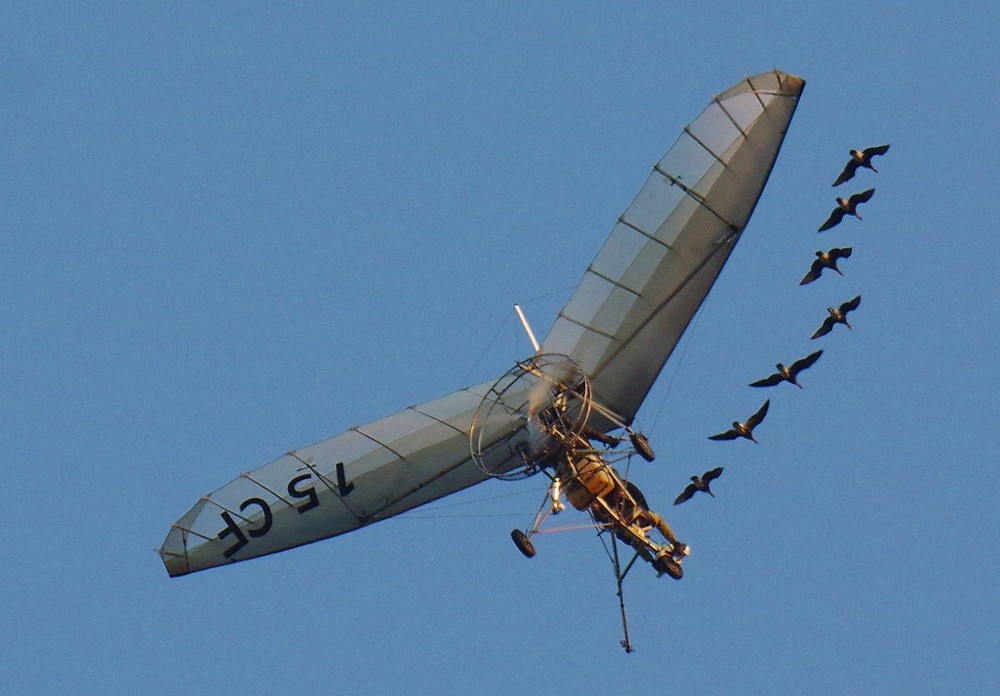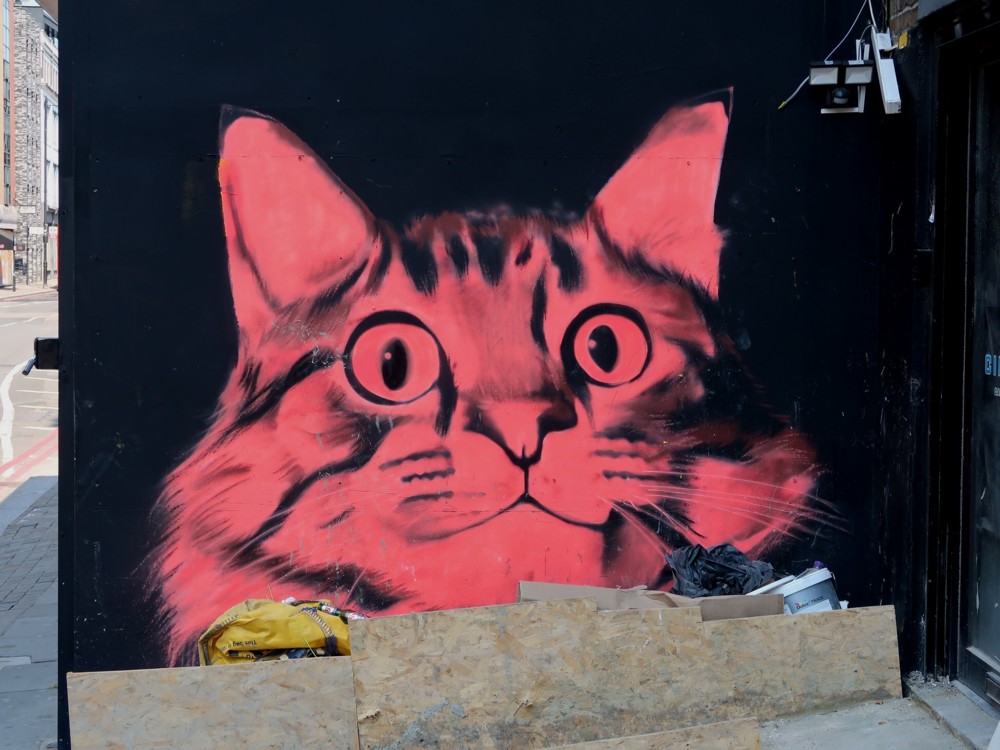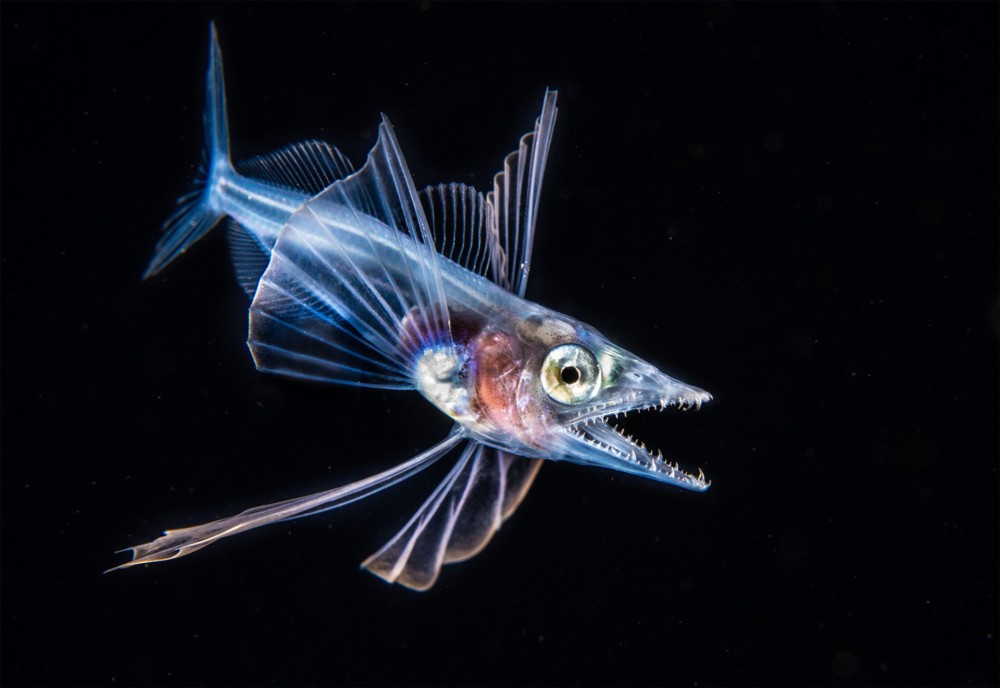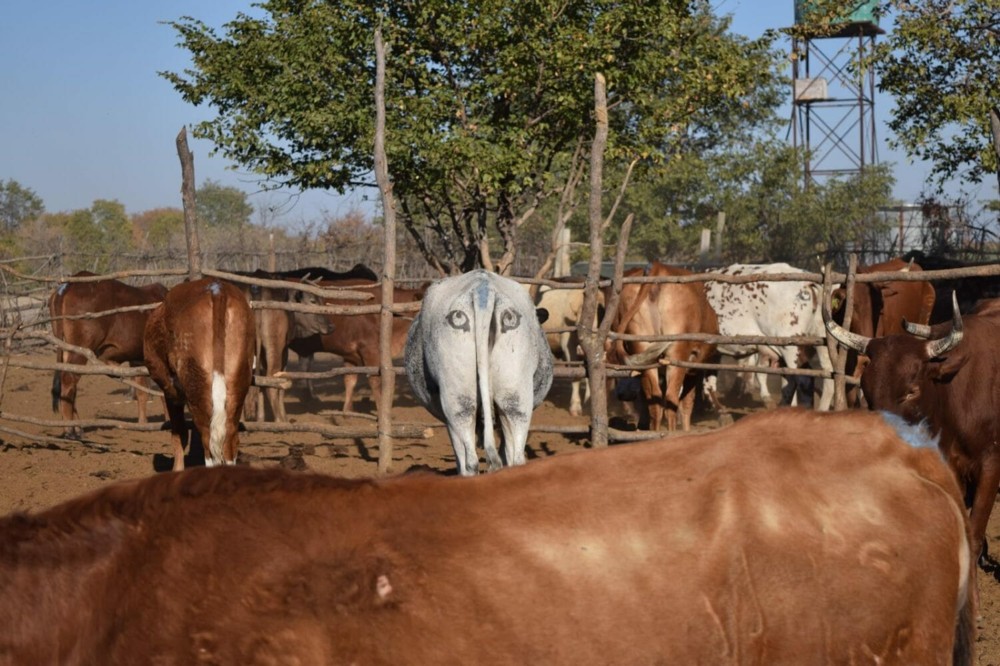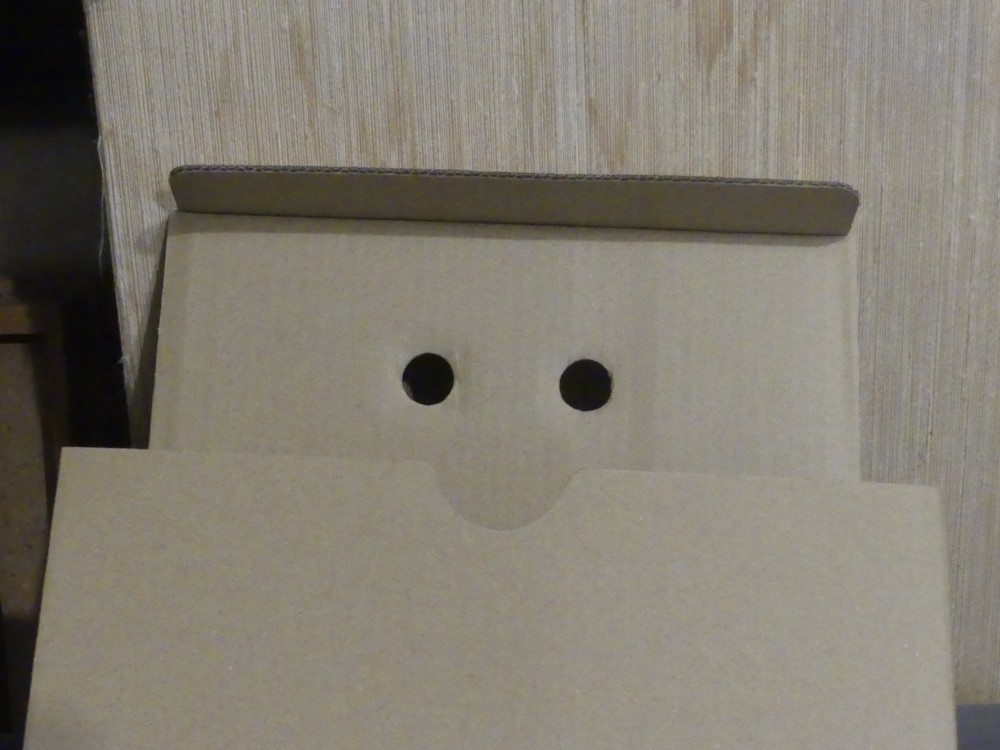The Wealth Explosion by Stephen Davies is not just about the when and where of that kink in the graphs. It is also a description of what that transformation in human affairs consisted of, not just materially, and in how people thought and felt and behaved. In an early chapter, “The Way We Once Lived and The Way We Live Now”, under the heading “The Growth of Sympathy” (pp. 26-28), Davies describes (in the bibliographical note at the end of the chapter he mentions this book by Stephen Pinker) how people started being nicer to each other:
Another significant change that marks out the cultural and mental world of the modern as compared to what went before is one that attracted much attention from an early date. This was the growth of what eighteenth and early nineteenth century authors termed ‘sympathy’ and ‘sensibility: As defined by authors such as Adam Smith and Lord Kames this meant the capacity to put oneself in the position of another person and feel an intimation of what that person felt or experienced. This was associated with a general ‘softening’ or ‘polishing’ of manners and behaviour. In other words, there was a tendency for people to be gentler, less aggressive, more self-conscious and controlled, less impulsive, more sensitive to the suffering or hardship of others. This was seen as being connected to the growth of trade and commerce and what they called ‘luxury’ and we would call affluence or comfort. In other words, as people became more connected to others, often distant, by the connections of trade and by social intercourse, and as their lives became more comfortable and less harsh so their psychology changed and they became gentler, less violent and aggressive and more controlled and ‘refined’ (to use a key term) in their way of behaving. In the language of the time this meant that the ‘passions’ as they were called, that is strong and natural human desires and feelings, came to be tamed and made milder and less fierce and powerful or even subject to the check of reason and calculation.
This may seem to be simply a reflection of eighteenth century rationalism and optimism but in fact there is a lot of evidence for the view that the modern world has indeed seen such a change. Again, people such as Smith, Hume and Kames thought that the change was gradual (although they were struck by the extent and rapidity of change in their own country and lifetime) but very soon after their own lifetimes the change in this aspect of human life also underwent an abrupt acceleration. At this point, many people will simply find the argument implausible. Given the terrible political events of the last hundred years and the widespread evidence of cruelty, violence and aggression that fill the daily news, how can anyone think that over that period human beings in many parts of the world have become less passionate, gentler and more in sympathy with the suffering of others?
One point to make is that the attention given to such matters and the horror they inspire are because there has been such a change. Things that were seen as unexceptionable and normal in the past, even if regrettable, are now regarded as egregious and horrible precisely because they are less common. Clearly something as intangible yet profound as a widespread or even general shift in the way most people feel or in their psychology is hard to measure or demonstrate. However, there are a number of indicators, some of which can actually be quantified. One is the evidence of delinquent behaviour as captured in the records of the criminal justice system. The evidence here is that over the last two to three hundred years there has been a long term secular decline in interpersonal violence. Three hundred years ago the bulk of the cases brought before criminal courts were crimes of violence. They now make up only a small proportion of the courts’ business. In addition the actual incidence of such crimes on a per capita basis has also declined so that they are a much less frequent part of experience.
There are several other prominent indicators. One is the change in the functioning of the criminal justice system, with a pronounced shift away from harsh and brutal or sadistic physical punishment such as public execution, flogging or branding. Another is the transformation that we can trace in popular attitudes towards children and animals. In very recent times historically what we would regard as brutal and cruel treatment was widespread or even normal for both whereas now this arouses revulsion and disgust. Literature and personal writings such as diaries and correspondence are another kind of evidence, which again shows a significant alteration in popular psychology, at both an individual and a collective level. Finally, there is the evidence of manners, where we can clearly trace what one author calls the ‘civilising process’ by which ways of speaking and behaving become steadily more controlled and moderate. Looking at this evidence we can say firstly that there has been a radical change in what historians call the ‘collective mentality’ of modern men and women, that is the common mental assumptions, habits and ways of thinking, feeling and behaving that they share. The second thing we can say is that this change became much more rapid and widespread among all levels of society at some point in the early nineteenth century. Here we can draw the analogy and connection with trade and economic development. In the case of trade and economic development, we can indeed trace a very gradual process of increasing trade and economic integration between different parts of the world and a slow corresponding rise in the level of economic development and standards of living. After the later eighteenth century, this process becomes so much more rapid and extensive that both it and its effects are wholly different order of magnitude – explosive in fact.
Similarly, there is clearly a long-term trend in the direction just described with respect to human mentality and ways of behaving. Thus, there is a very long term trend for inter-personal violence to decline. Our Stone Age ancestors lived in a society that was unbelievably violent by contemporary standards (as do many more recent hunter-gatherers) and we can trace a decline in levels of violence since that time. However, as with trade, the process while of long standing underwent a dramatic breakthrough or acceleration after the later eighteenth century so that, as in the economic sphere, there was a greater change in popular psychology and ways of behaving between 1800 and 1900 than for several centuries at least before then.


